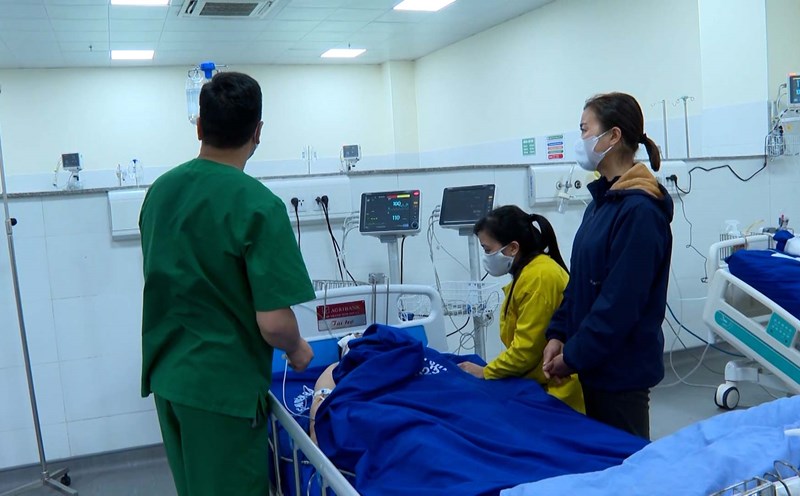Domestic coffee prices
Compared to yesterday, coffee prices today decreased by 500 VND/kg in the whole market, bringing the current price ranging from 129,800 - 131,500 VND/kg.
Coffee prices in Dak Lak, Gia Lai and Dak Nong all decreased to VND131,500/kg, while Lam Dong also decreased slightly, trading at VND129,800/kg. This decline reflects the impact of the international market.

World coffee prices
Compared to February 17, Robusta and Arabica prices both decreased. Arabica prices have fallen more strongly than Robusta, continuing to lose the 420 cent/pound mark, reflecting selling pressure from investors.

Coffee price forecast in the coming time
The decline in coffee prices reflects the cautious sentiment of investors as the market enters an adjustment phase after a series of strong increases.
The US dollar continues to maintain its upward momentum, making goods less attractive, especially in the context of the US imposing higher import tariffs on some markets. In addition, coffee inventories on the ICE exchange remained low but did not create great pressure on prices.
In the country, the Central Highlands region has just received an unseasonal rain, which may affect the first flowering period of the 2025-2026 coffee crop. Meanwhile, the current supply of coffee in the crop has not improved significantly, causing the market to maintain high prices despite slight adjustments.
Analysts say that although coffee prices may decrease in the short term due to profit-taking pressure, in the long term, the market outlook is still positive as world demand continues to be high, while supply has not shown any signs of sudden increase. Brazil's 1.6% export cut in January 2025 could help keep prices from falling too much. Currently, the market is still monitoring weather developments in key growing areas to assess the supply prospects in the coming time.











